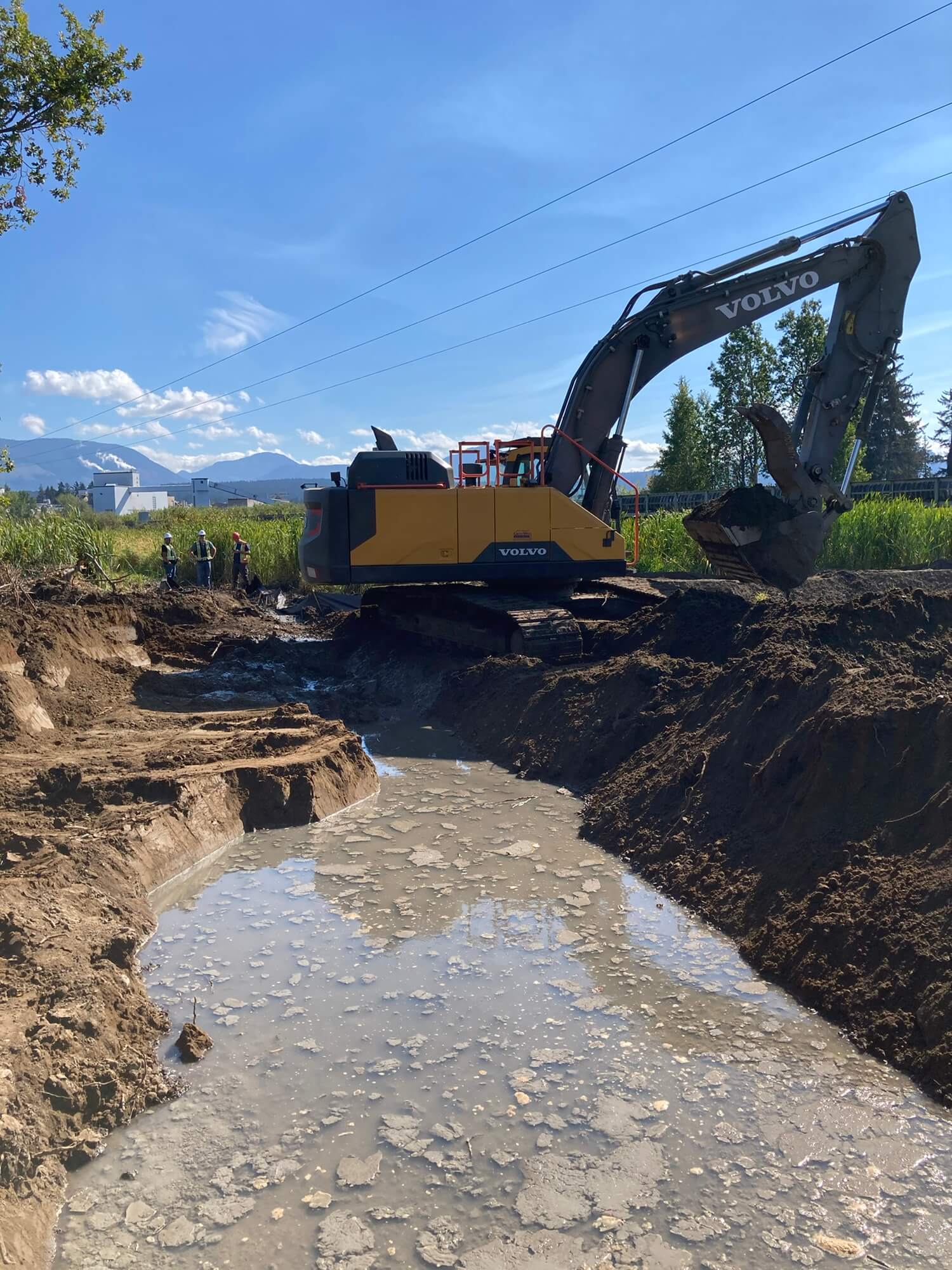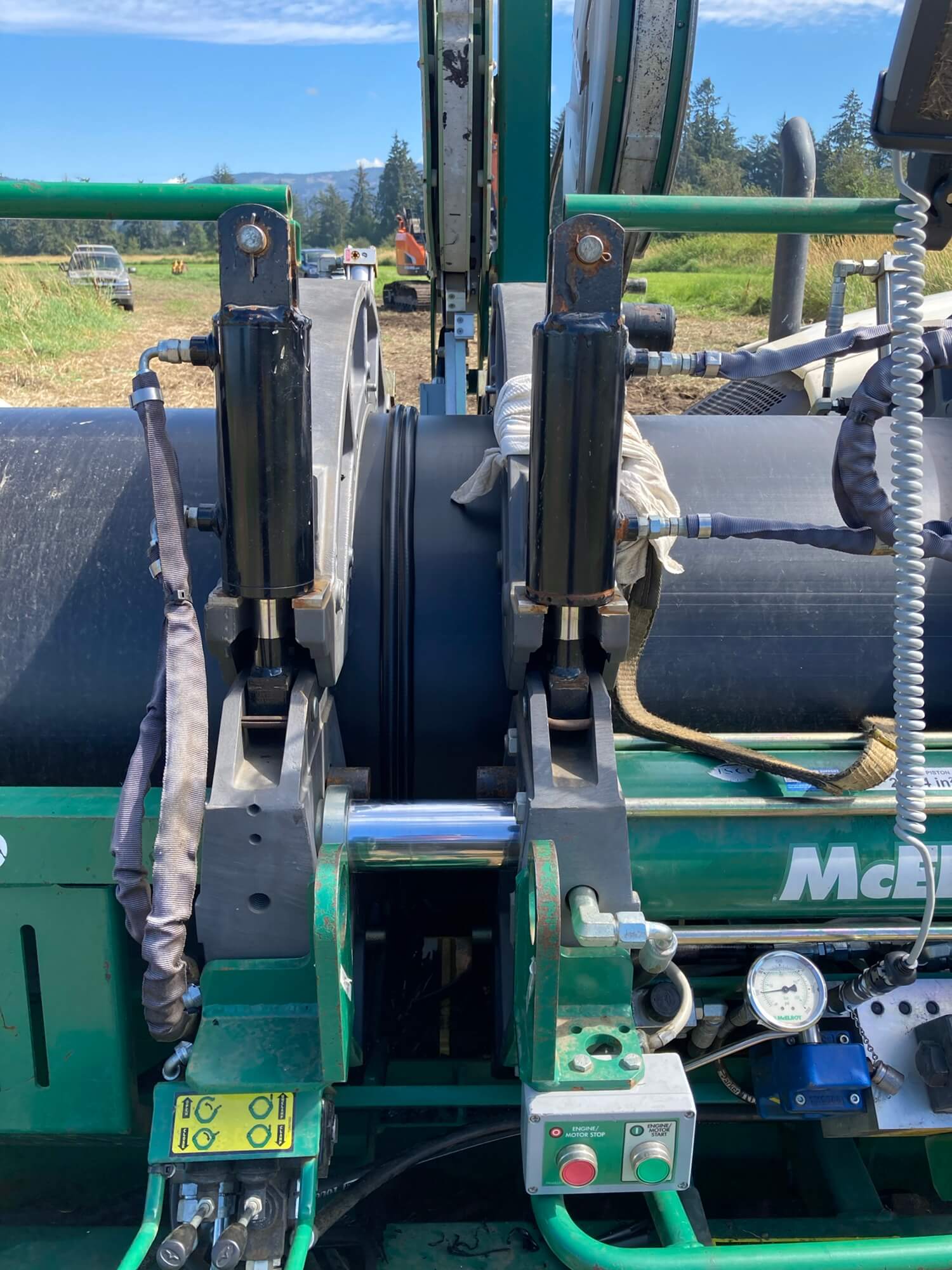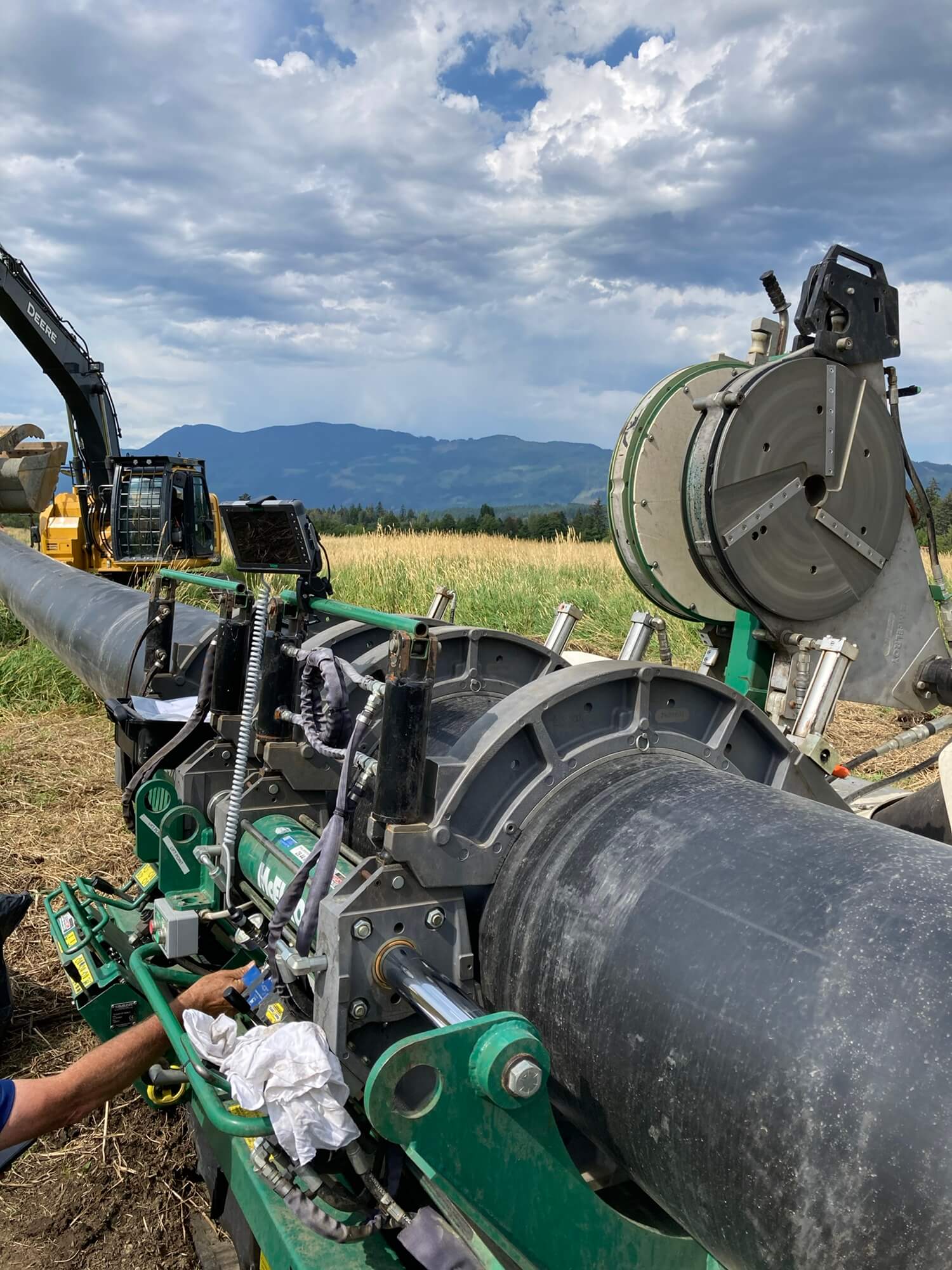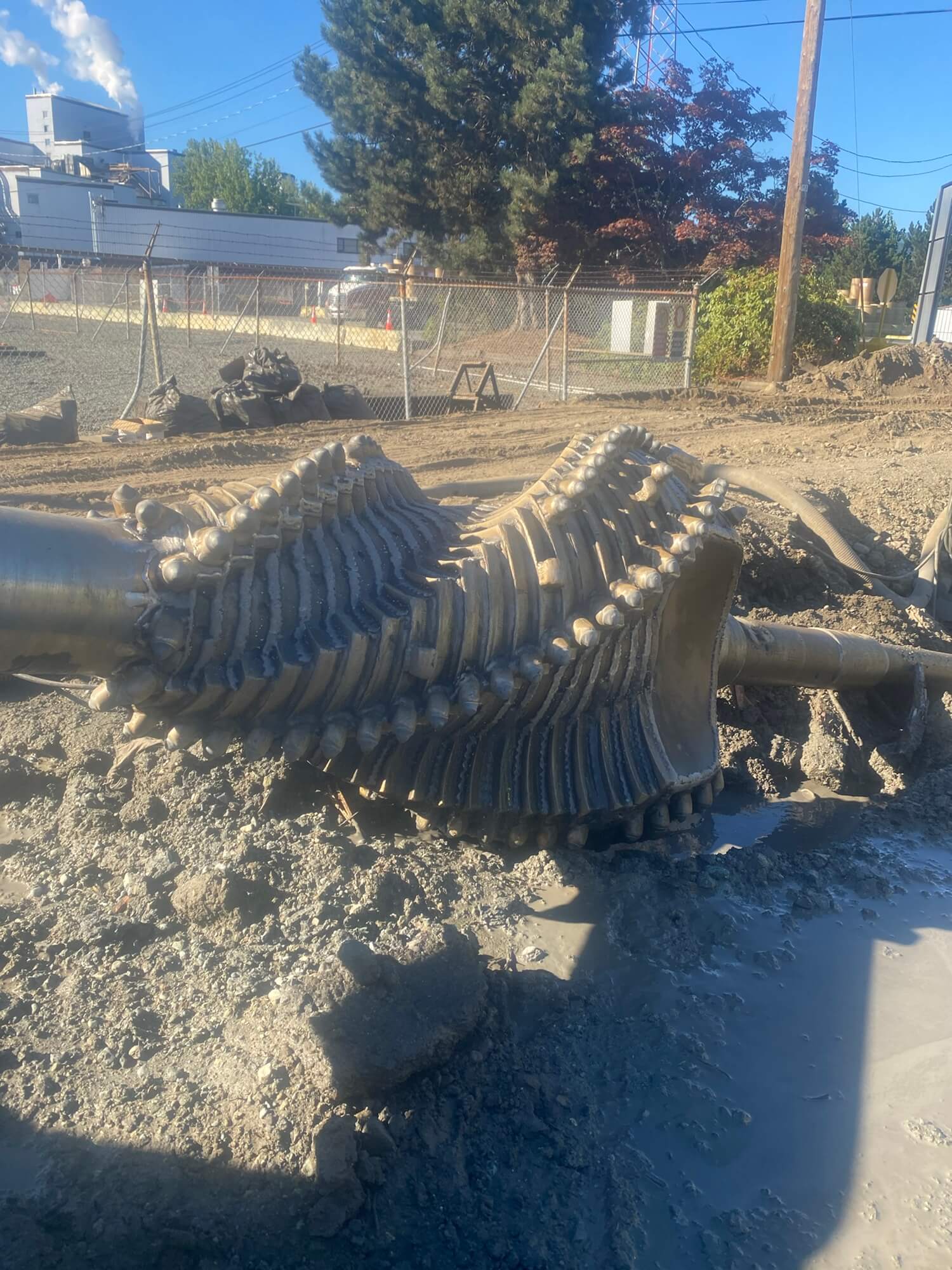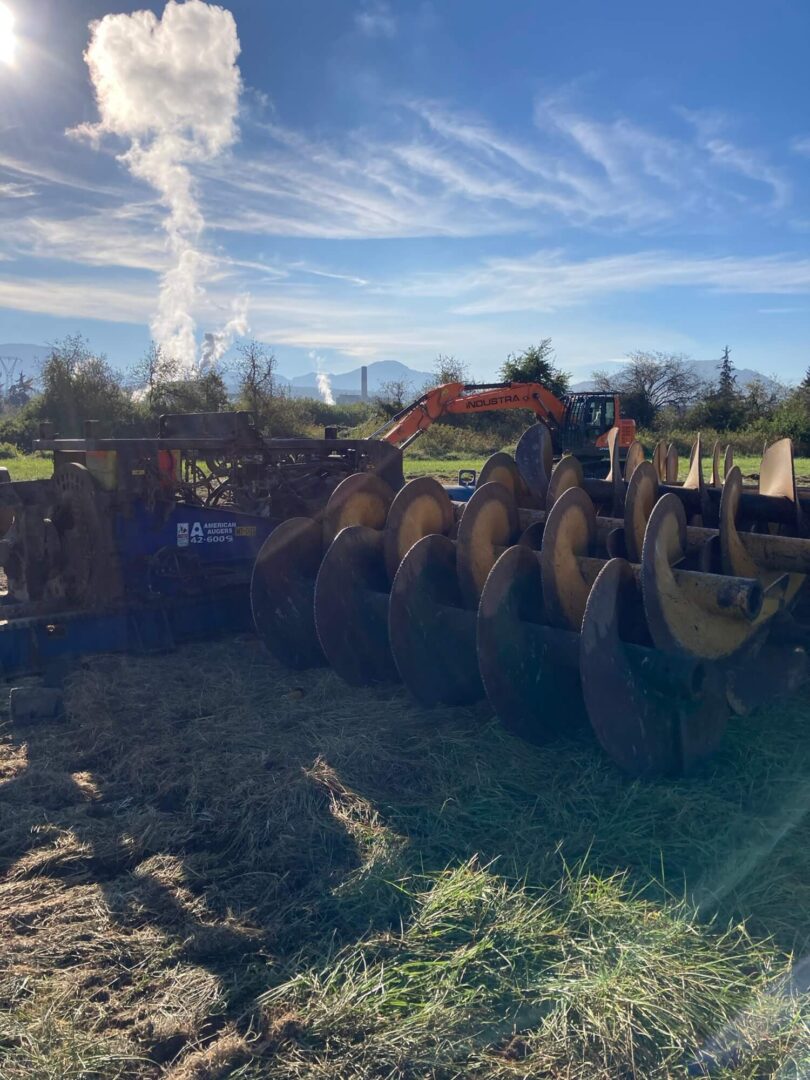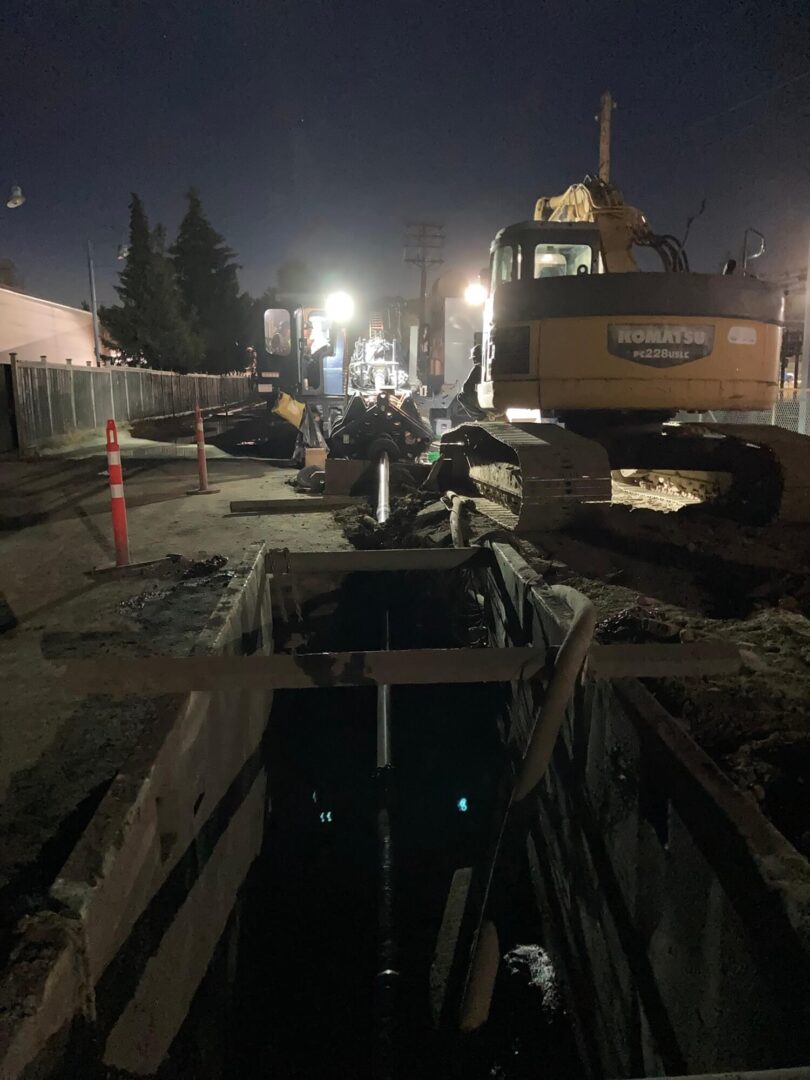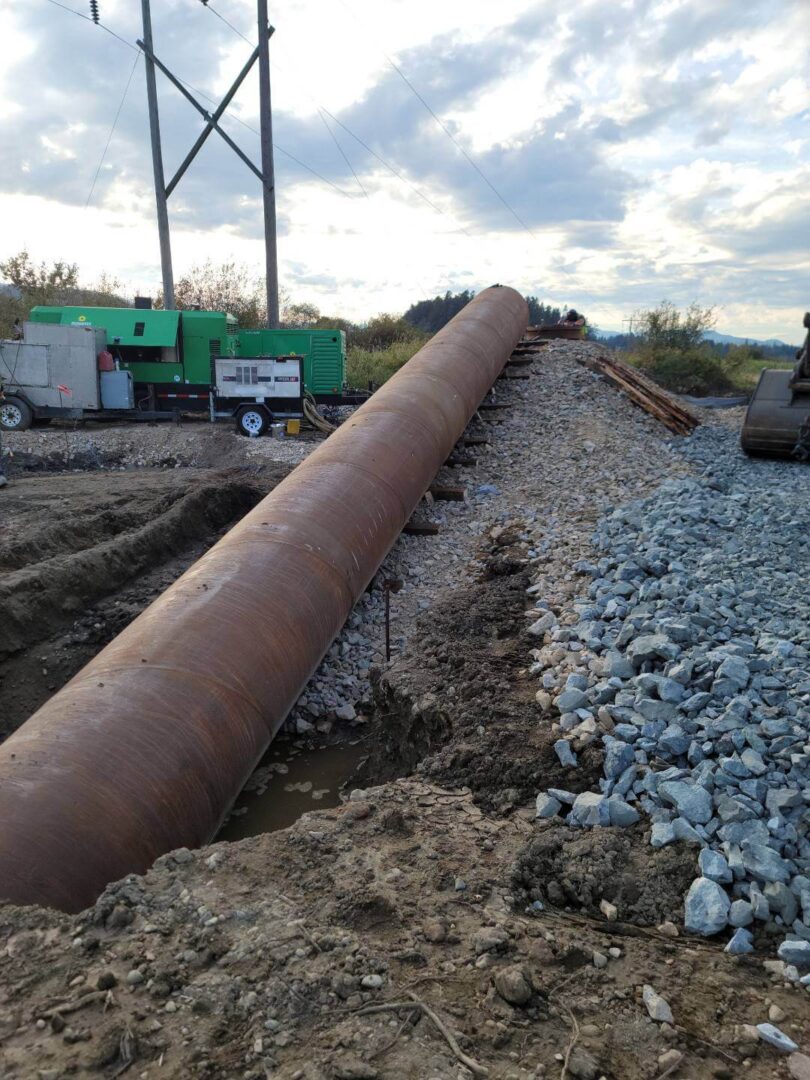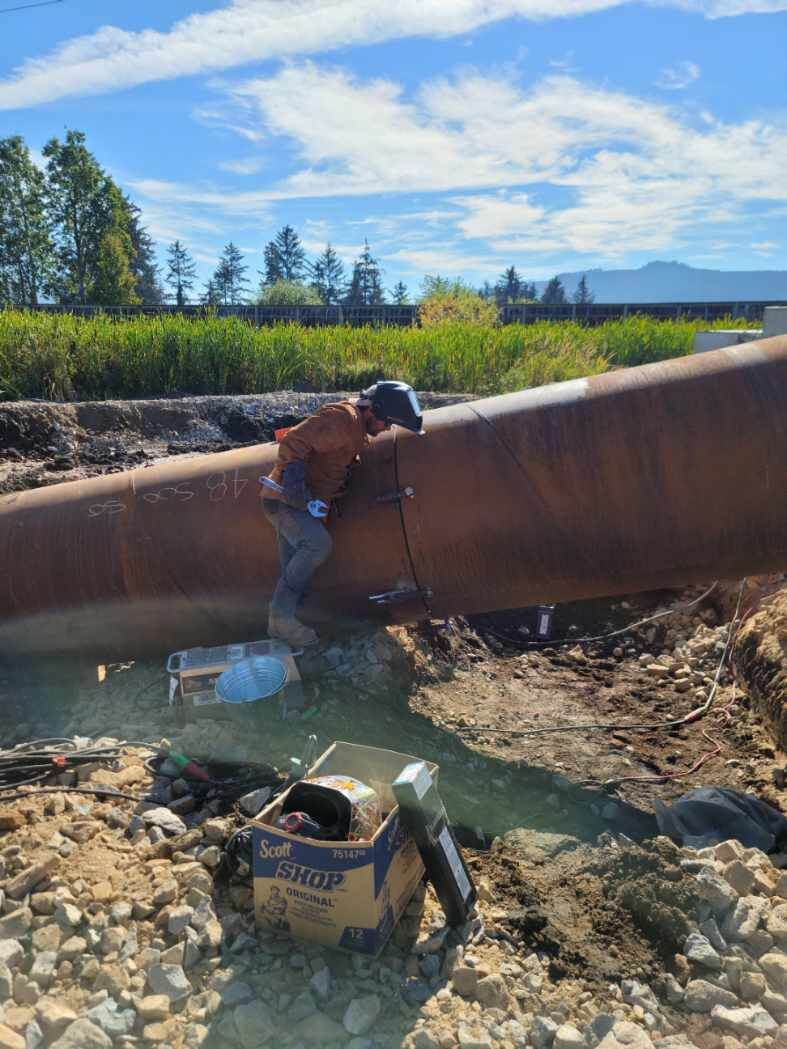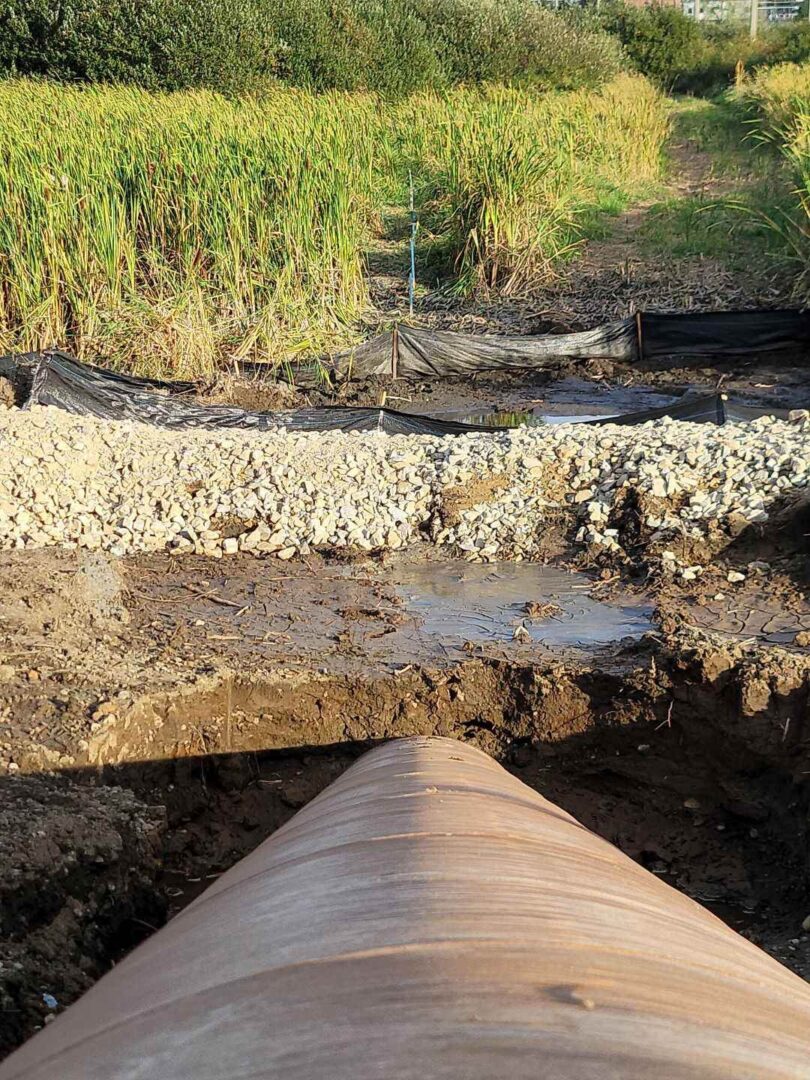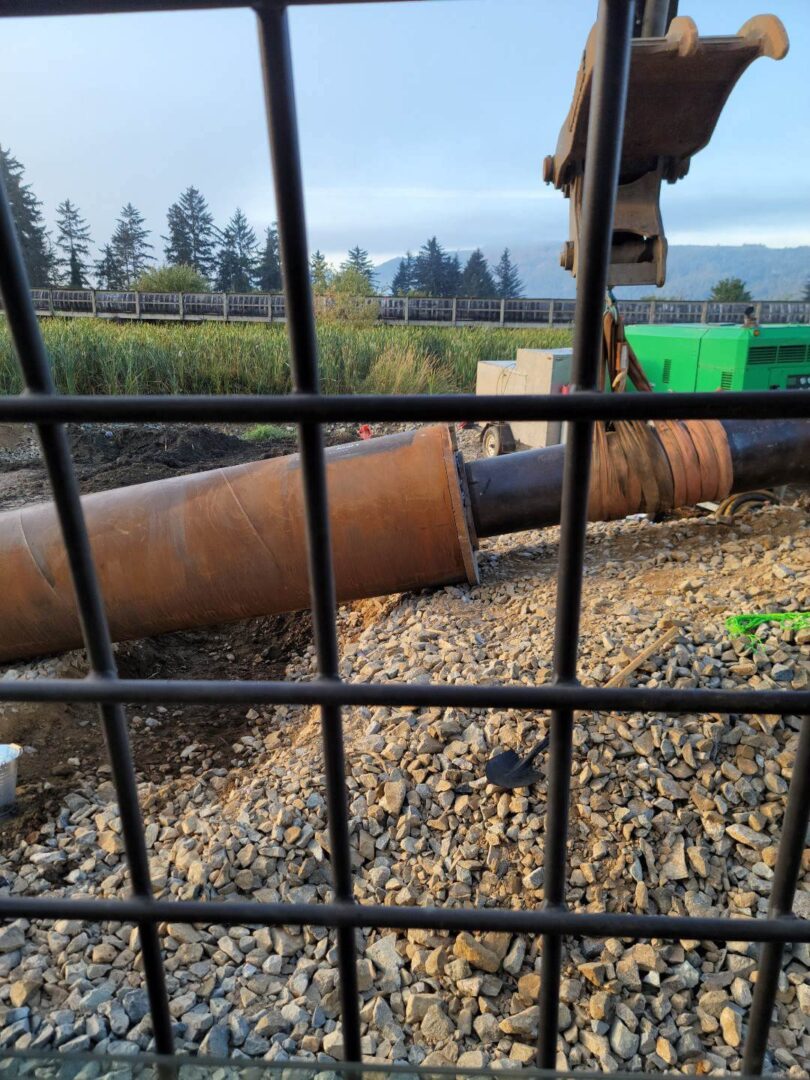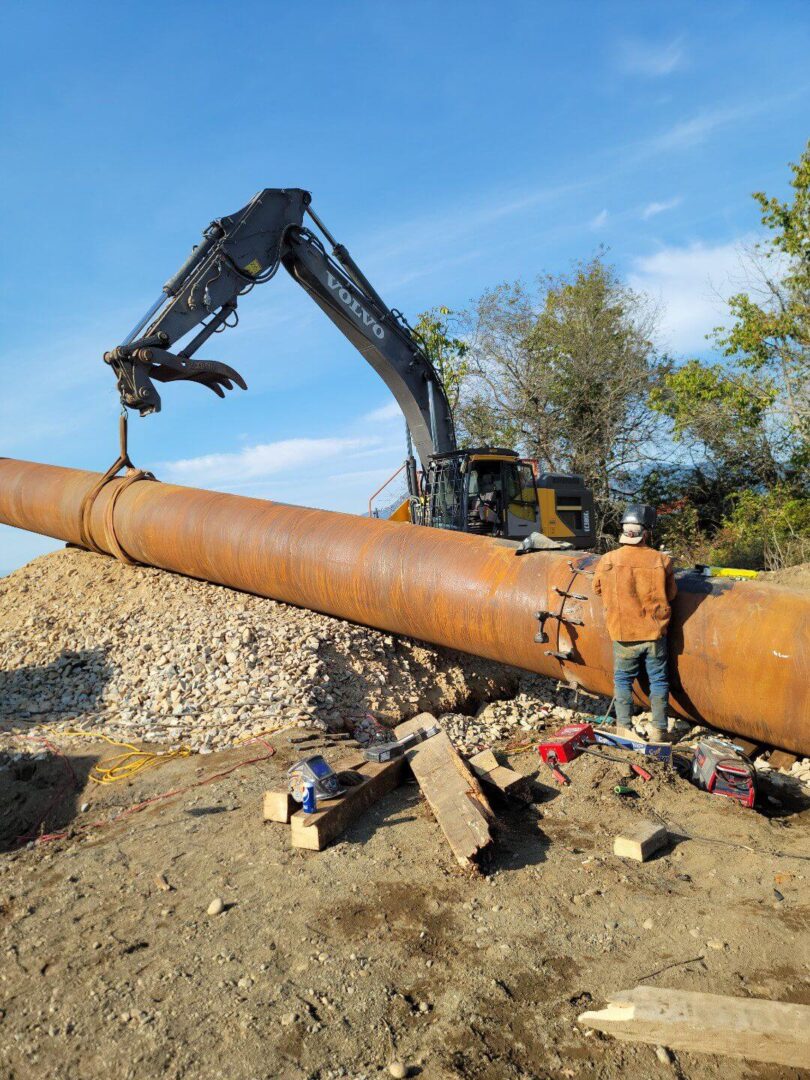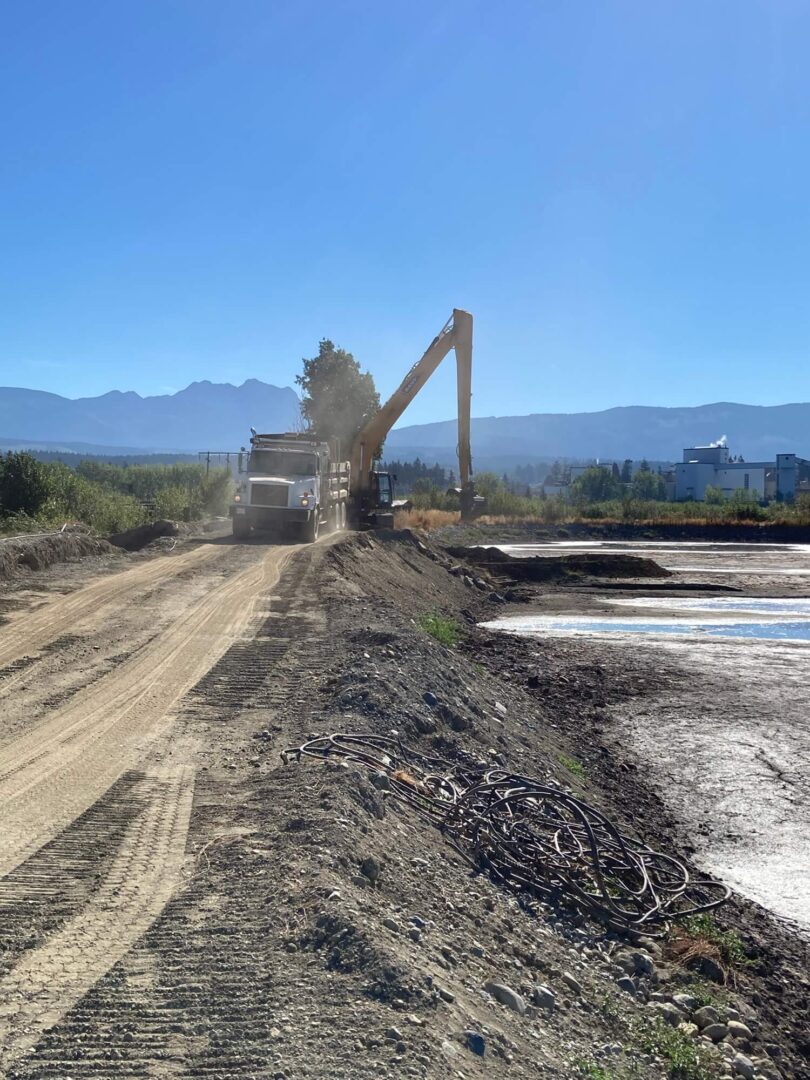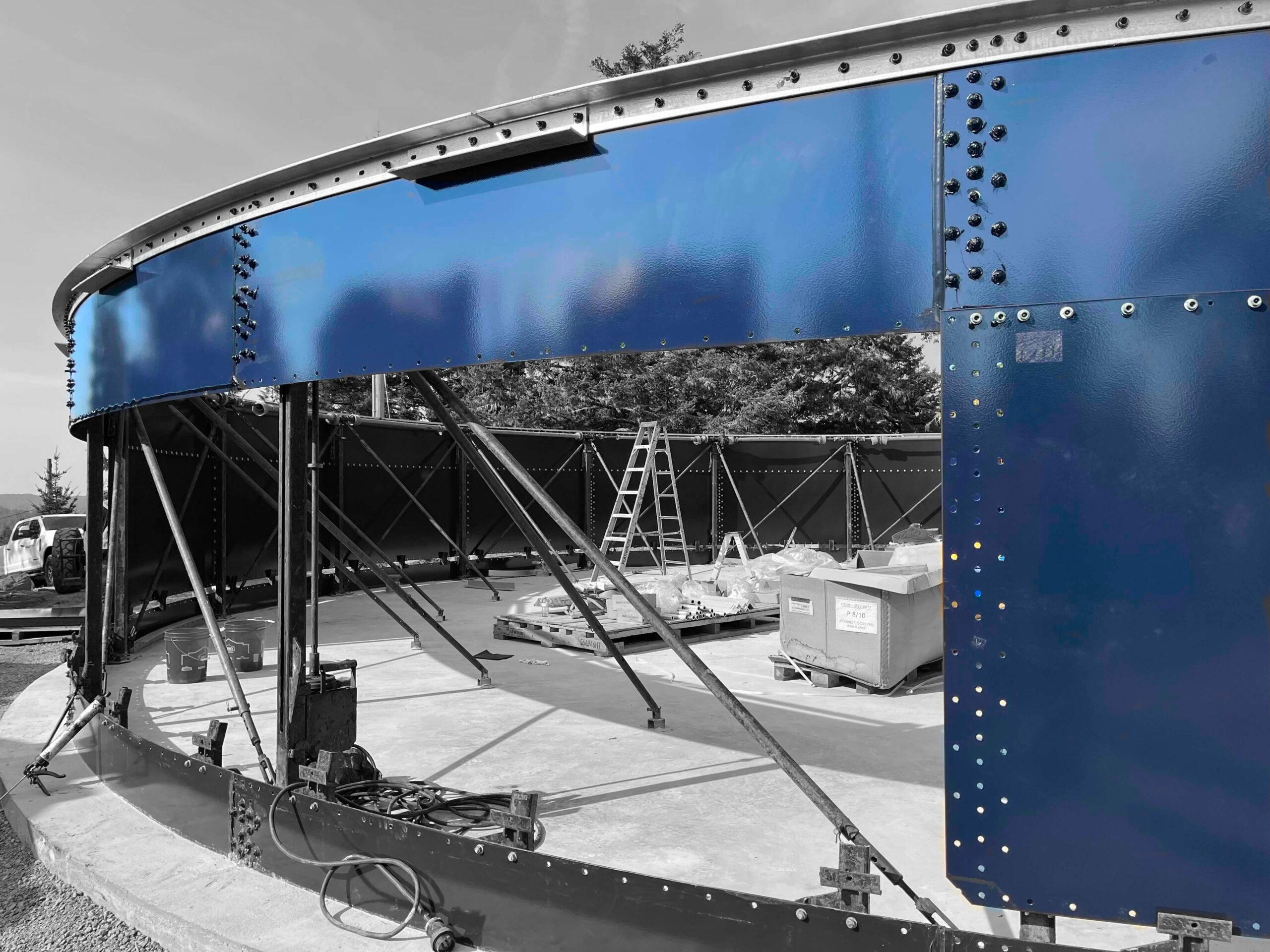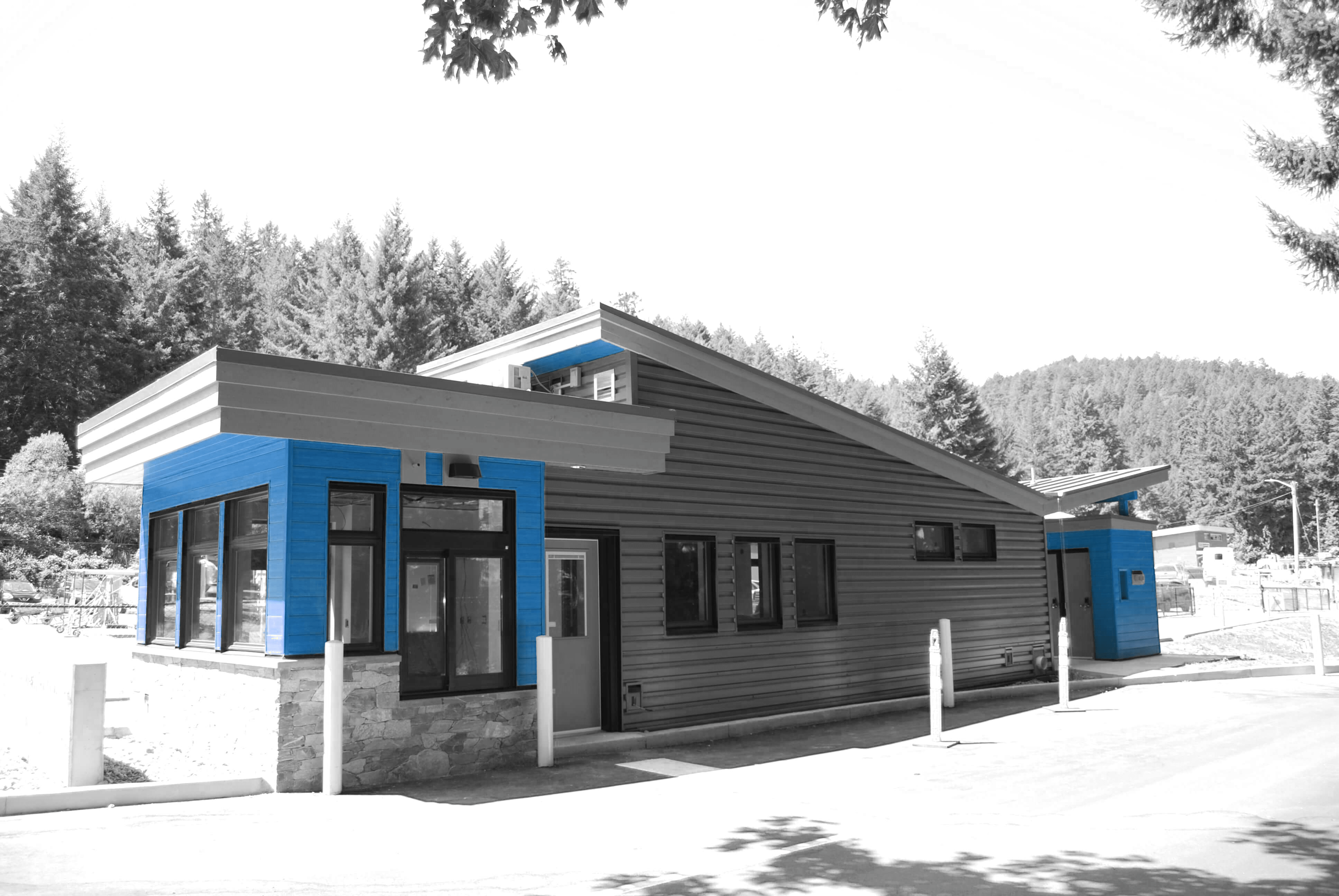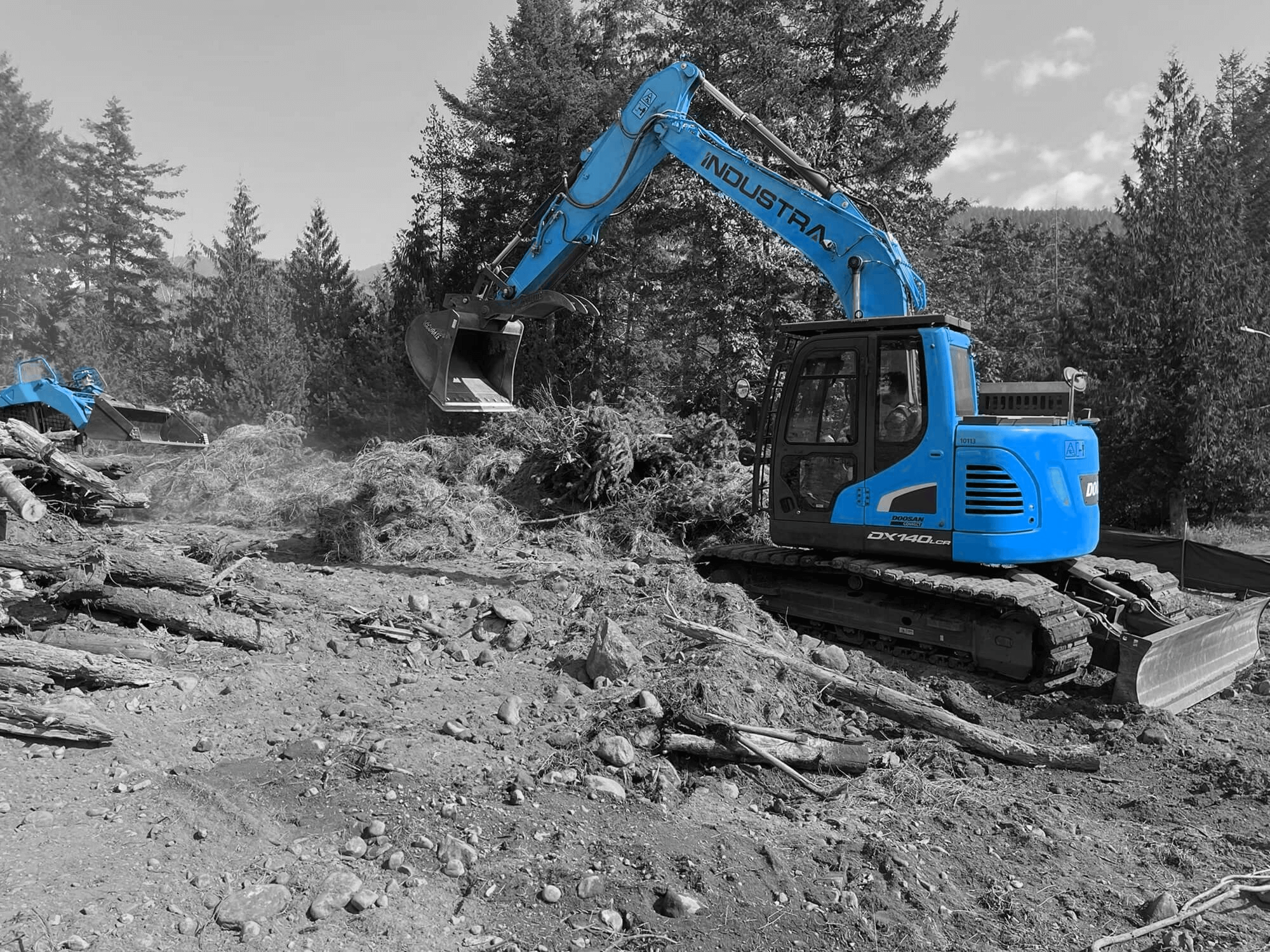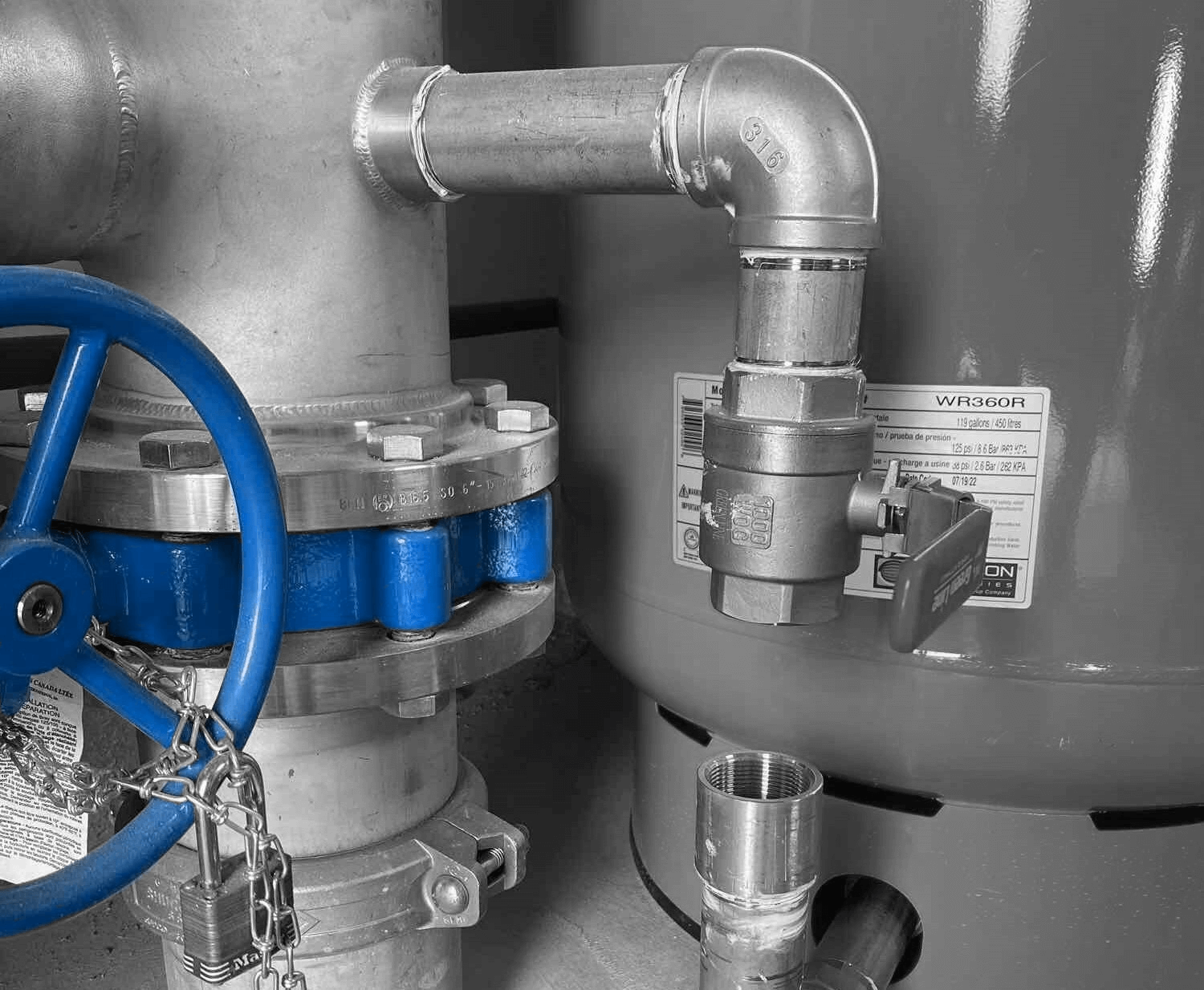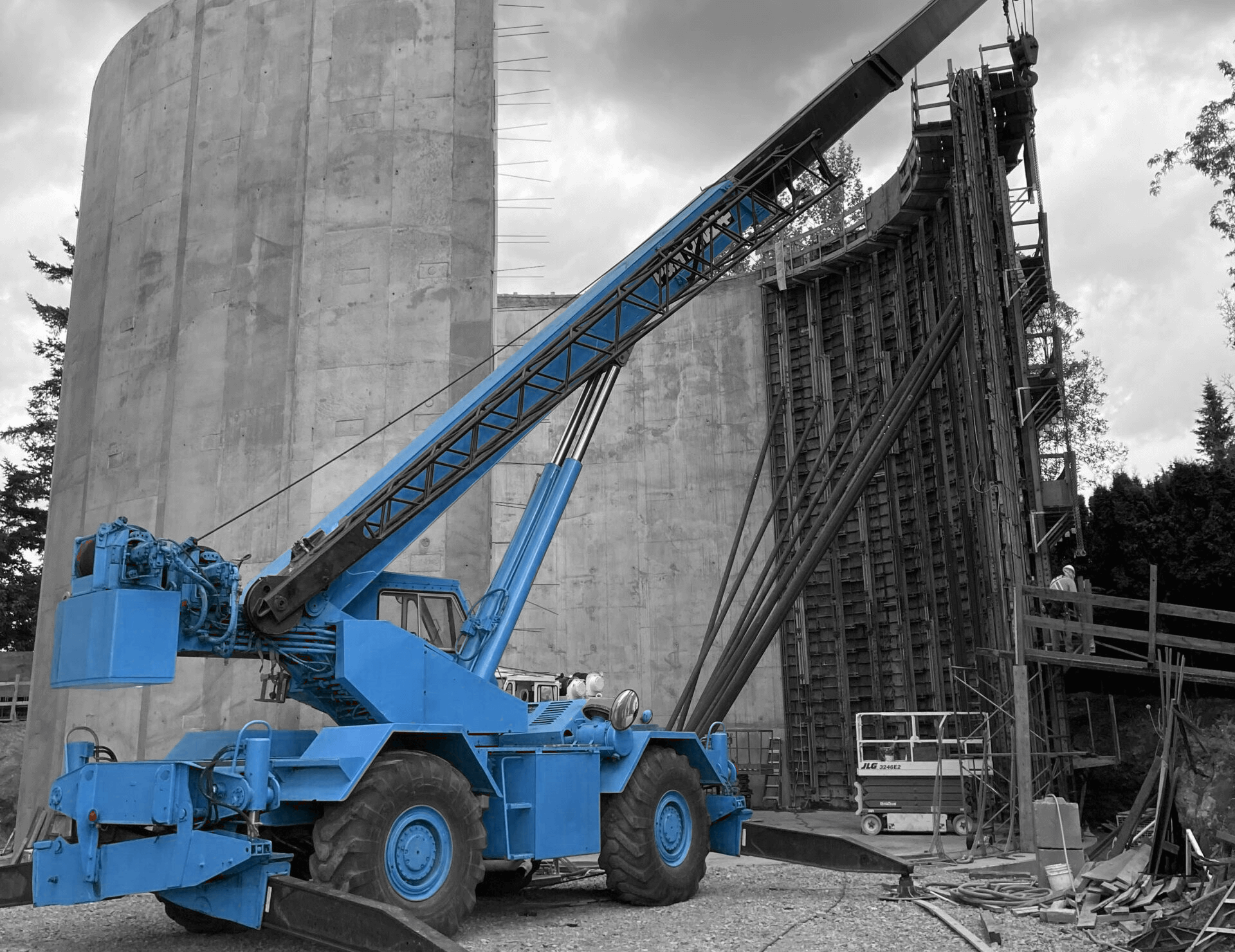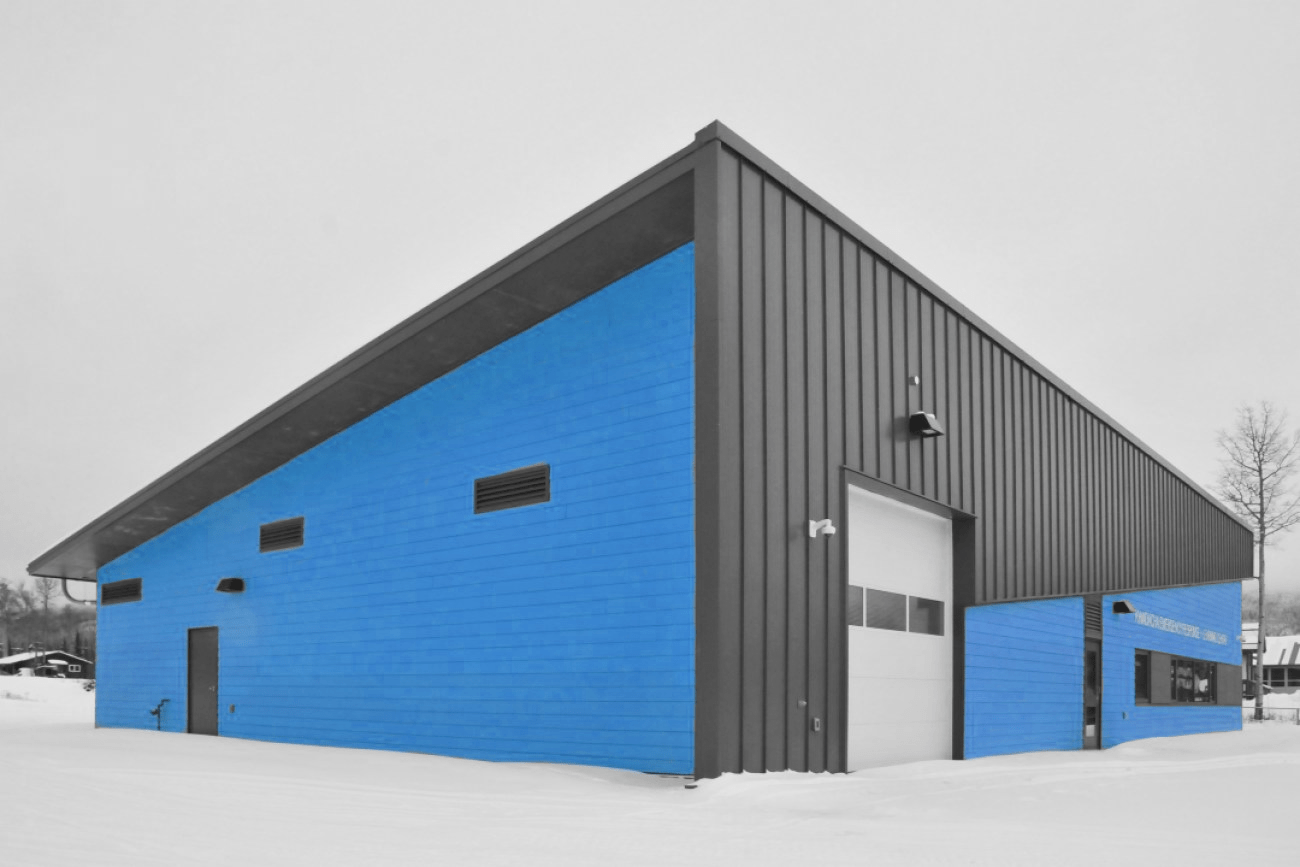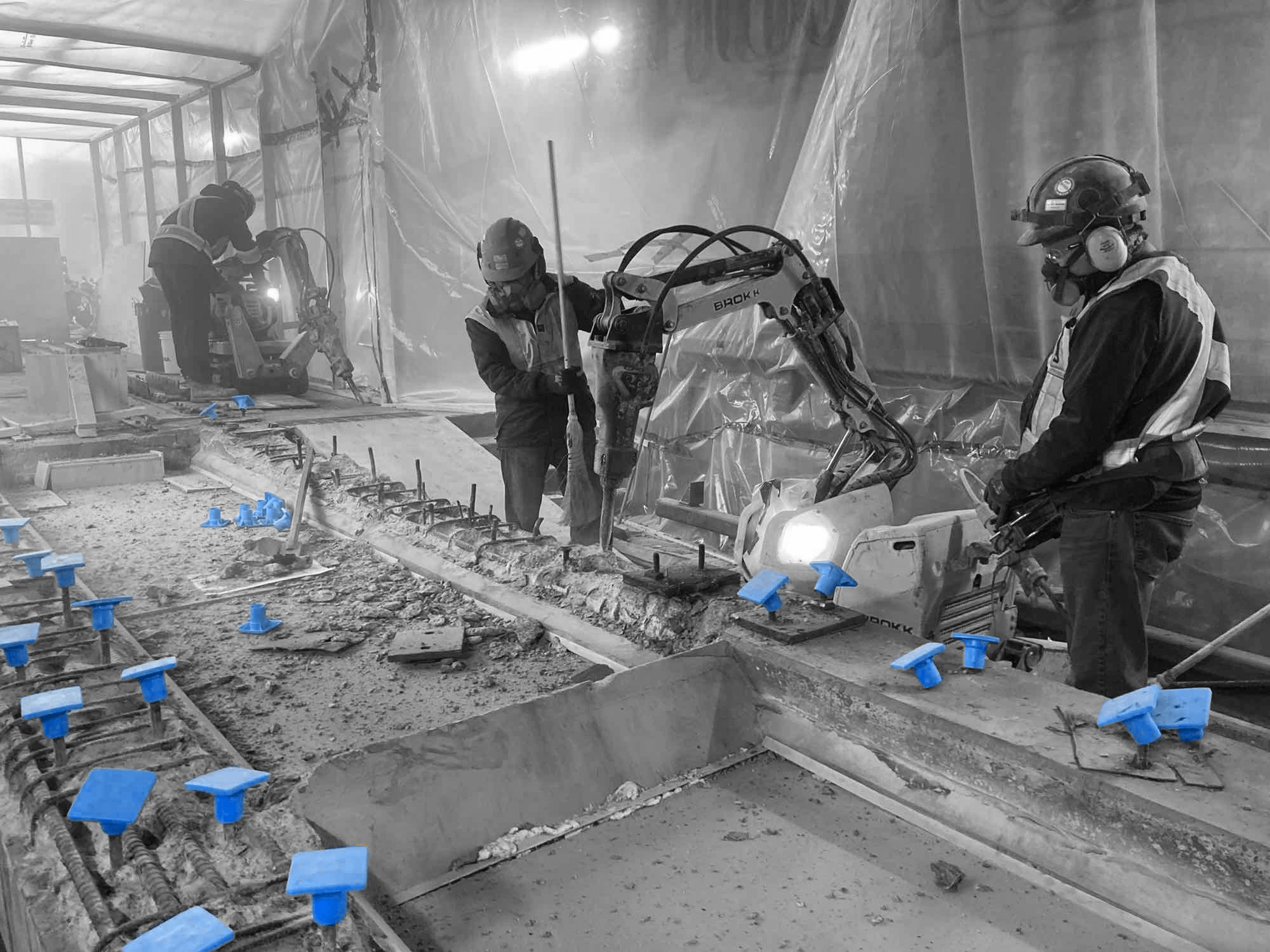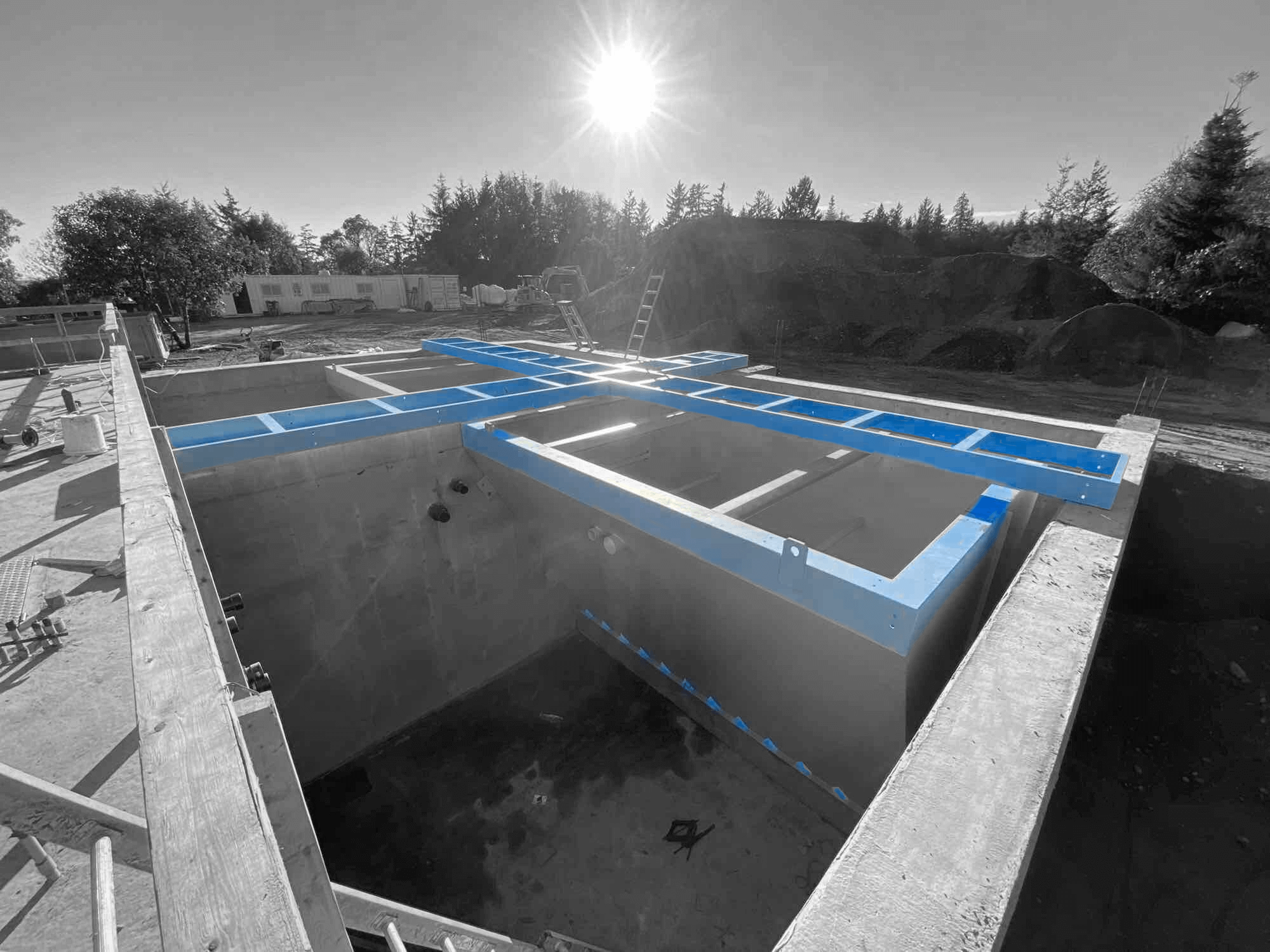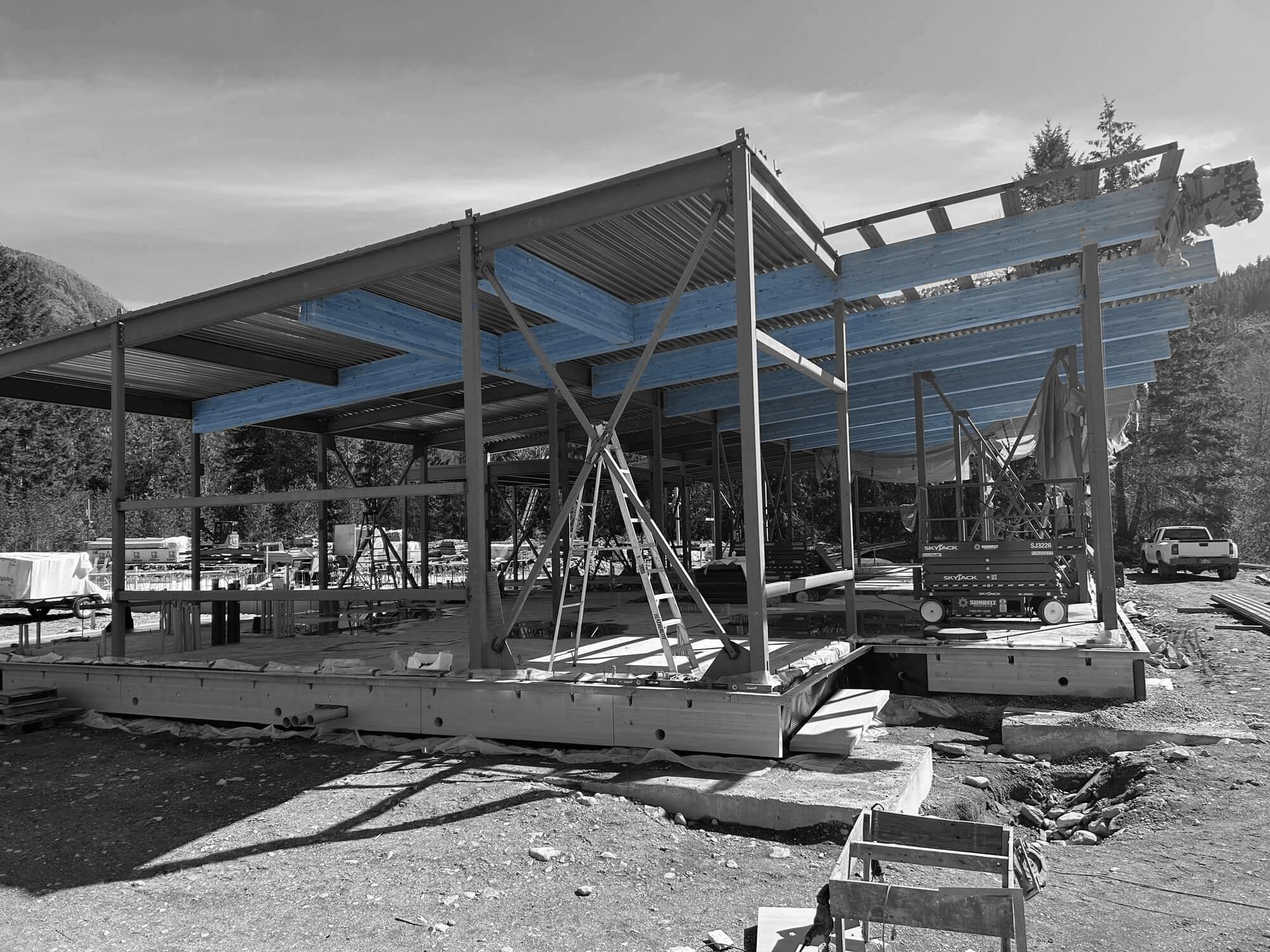Argyle Sanitary FM Somass River Crossing
Port Alberni, British Columbia
Replacement of approximately 670 meters of sanitary sewer forcemain with HDPE pipe by trenchless installation, tie-in connections, surface restoration, and associated works.
The existing 450 mm diameter asbestos concrete (AC) forcemain fed from the Argyle Street pump station has reached the end of its serviceable life and needs to be replaced at the location where it crosses under the Somass River and adjacent wetlands. The proposed section to be replaced crosses under the Somass River from the west end of Nuupts’ Ikapis Way to the existing Port Alberni Sewage lagoon for an approximate distance of 650 m. The section to be replaced traverses under the approximately 150 m width of the Somass River and approximately 500 m of low-lying wetlands associated with the west side of the river. Due to the environmentally sensitive nature of the Somass River and associated wetlands, the preferred method of replacement of the existing force main is through a horizontal directional drilled crossing to avoid the disturbance from a conventional cut and cover installation, as well as increase the seismic resilience of the replacement.
Argyle Sanitary FM Somass River Crossing
Port Alberni, British Columbia
Replacement of approximately 670 meters of sanitary sewer forcemain with HDPE pipe by trenchless installation, tie-in connections, surface restoration, and associated works.
The existing 450 mm diameter asbestos concrete (AC) forcemain fed from the Argyle Street pump station has reached the end of its serviceable life and needs to be replaced at the location where it crosses under the Somass River and adjacent wetlands. The proposed section to be replaced crosses under the Somass River from the west end of Nuupts’ Ikapis Way to the existing Port Alberni Sewage lagoon for an approximate distance of 650 m. The section to be replaced traverses under the approximately 150 m width of the Somass River and approximately 500 m of low-lying wetlands associated with the west side of the river. Due to the environmentally sensitive nature of the Somass River and associated wetlands, the preferred method of replacement of the existing force main is through a horizontal directional drilled crossing to avoid the disturbance from a conventional cut and cover installation, as well as increase the seismic resilience of the replacement.


